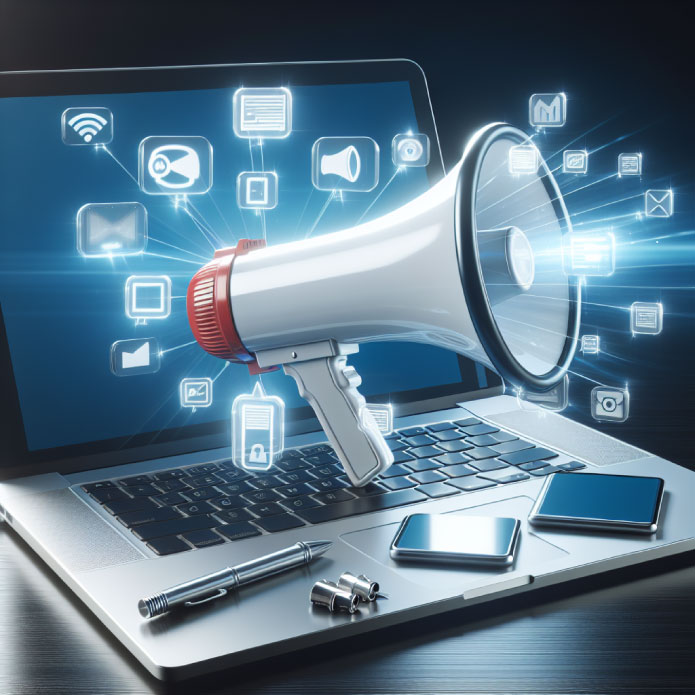In recent years, the marketing and advertising industry has undergone a major transformation. Beyond AI, which continues to drive innovation, creativity-focused strategies are also reshaping brand priorities and how they engage with their audiences. Amid these changes, marketing professionals face increasing pressure to deliver efficiency and effectiveness in a fast-paced, content-saturated world.
According to the Influencer Marketing Hub platform, 34.1% of marketing professionals report significant improvements with AI use, but 17.5% still experience some form of setback. This sharp divide reinforces the importance of strategic implementation.
In a scenario where competition is fierce and consumers are more demanding, the strategic adoption of AI can be the difference between success and stagnation. With this in mind, Vidmob, the global leader in AI-powered creative performance platforms, has listed the six main impacts of AI on advertising in 2025.
1- Creativity as the catalyst for growth and ROI
High-quality creativity is essential to drive growth and ROI in modern marketing. While audience optimization has stagnated, creativity stands out as the key to capturing attention, increasing engagement, and achieving meaningful results. Nielsen, a global leader in audience measurement, data, and analytics, states that creative quality accounts for 70% of a campaign’s success and 56% of sales ROI, highlighting its importance.
Generative AI is changing how brands approach creativity, enabling personalized and precise campaigns. But to be effective, AI needs first-party creative data. This combination allows for creating content that resonates with audiences and aligns with brand objectives, making creativity a strategic advantage.
2 – First-party creative data: unlocking affinity with GenAI
By 2025, first-party creative data will become essential for brands and agencies looking to stand out in a highly personalized, AI-driven world. This data provides valuable insights by combining creative elements like visuals and messaging with audience behavior and preferences, going beyond traditional optimization.
The main advantage of this data is its ability to enhance generative AI models. By including creative signals, these models can produce content that is both appealing and aligned with audience expectations and brand objectives. This shift offers a unique opportunity to create effective and engaging content, highlighting the importance of creative data quality in the AI-driven marketing era.
3 – Brand identity with AI oversight
A strong brand identity is essential to boost recognition, growth, and revenue. However, with the increasing volume of content across multiple platforms, maintaining brand identity and messaging has become no simple task. Generative AI, while innovative, can create variations that weaken or contradict brand standards, presenting challenges for marketing professionals.
The solution is to use AI oversight to preserve brand identity at scale. By tuning generative AI models to follow brand guidelines, marketing professionals ensure that every piece of content aligns with key elements, standing out and making a greater impact. This not only streamlines content creation but also protects brand trust and recognition.
4 – Transforming media strategies with first-party creative data and APIs
In the fast-paced world of media, success also depends on the ability to align creative strategies with channel performance. Challenges like fragmented insights, misaligned campaigns, and difficulty measuring ROI often hinder progress.
Generative AI, powered by first-party creative data and API integrations, is transforming how media teams bridge the gap between creativity and effectiveness.
5 – Real-time insights eliminating fragmentation
Generative AI, powered by first-party creative data, eliminates data fragmentation by linking specific elements—such as visuals, messaging, and formats—with performance metrics like click-through rates, conversions, and engagement.
According to a study by Google and Econsultancy, a global digital marketing training and development company, 92% of top marketing professionals believe that using first-party data to understand consumer preferences is indispensable for growth. Through APIs, this data can be integrated into existing workflows, providing media teams with actionable, real-time insights into what captures audience attention. This enables data-driven decision-making in real time and ensures campaigns remain agile and focused on the audiences brands want to reach.
6 – Enhancing media effectiveness through precision
By using AI-generated content alongside first-party data, media teams can fine-tune campaigns and improve results. AI identifies high-performing creative elements and replicates them across platforms while maintaining brand strategy. This improves effectiveness across different channels and maximizes the potential of data to ensure measurable outcomes.
“The use of AI has changed how marketing professionals create content, enabling a new level of interaction. By using first-party creative data(first-party creative data), CMOs can unlock the tool’s full potential to be more efficient and effective. The true power of AI in marketing isn’t about creating faster, but about creating with purpose. Using creative data allows for crafting stories that resonate and deliver results, turning AI into a powerful competitive advantage and positioning brands at the forefront of technology in the new era of creative management,” says Miguel Caeiro, Head of LatAm at Vidmob.


